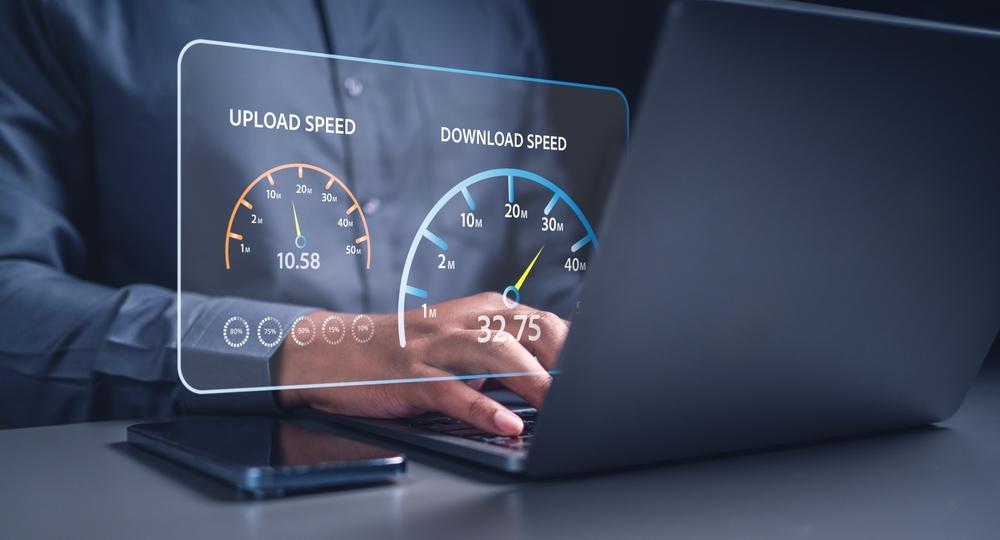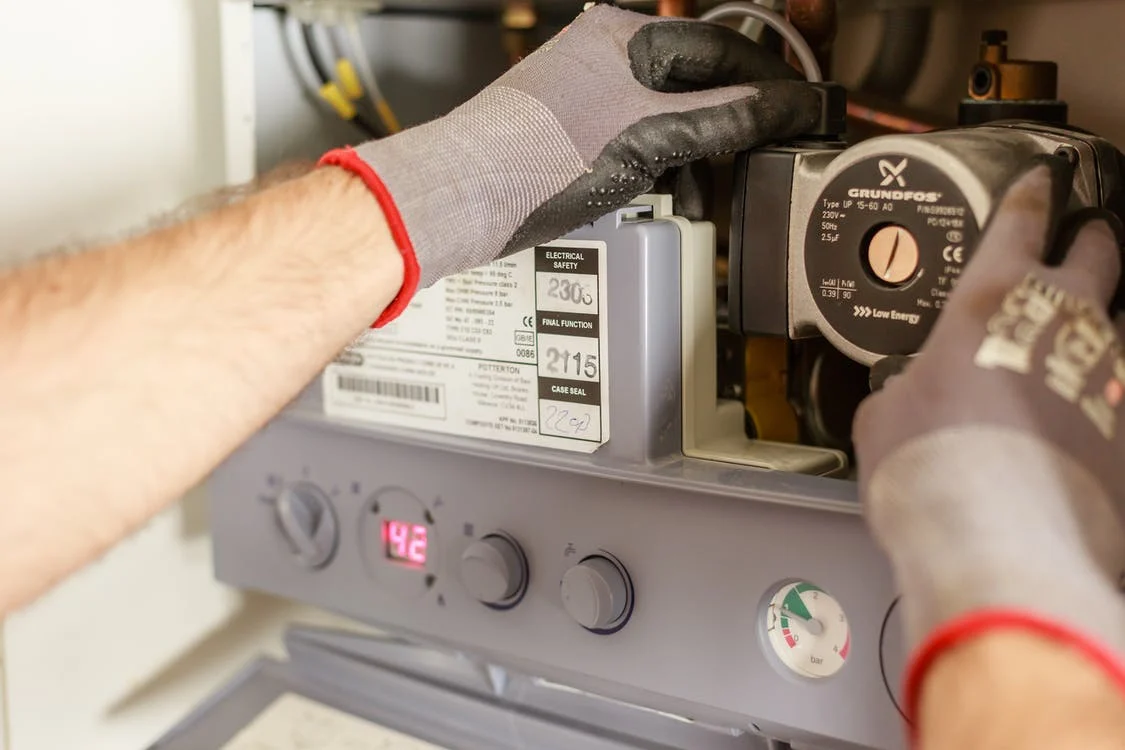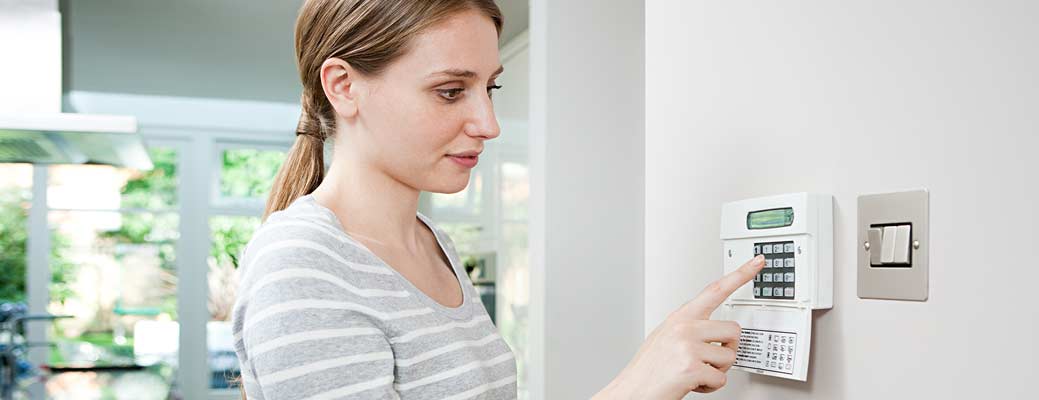Since at least the 2010s, cable internet service has been the mainstay of broadband internet access in America. Now, as we move into the 2020s, fiber optic internet has become a real competitor — and with the major increases in speed and reliability that fiber provides, it’s not hard to see why.
So is fiber better than cable? What are the differences between fiber and cable, and how can they affect your internet service? Ahead, we line up the key facts that you need to know.
1. Core Technologies
To truly understand the differences between fiber and cable internet, it’s helpful to start with an understanding of the technologies involved.
Cable internet uses the same copper-based coaxial cables that carry cable TV signals. Internet service providers (ISPs) transmit data in the form of electromagnetic waves over these cables, and your cable modem encodes and decodes the signals. Because it uses existing coaxial cable infrastructure, cable internet is the most widespread and accessible form of broadband today.
Fiber internet uses fiber-optic cable, which consists of thousands of tiny glass strands twisted together. Instead of electromagnetic waves, fiber optic internet encodes and transmits information via extremely fast pulses of light at different frequencies. Fiber optic cable infrastructure isn’t as widespread as cable yet, but it has many other advantages that make it highly relevant for the technologies of the new millennium.
2. Speed
Advantage: Fiber
Cable internet provides consistently higher data speeds than other technologies like a digital subscriber line (DSL) and satellite internet. At the low end, most cable providers today can offer speeds of at least 100 Mbps for downloads and 20 Mbps for uploads. High-end cable internet may provide up to 1 Gbps download service, which is more than enough speed and bandwidth for a whole household of devices.
Fiber is the first technology to offer a true speed upgrade from cable internet. The light pulses that fiber cables use to transmit information travel nearly instantaneously, making them substantially faster even over great distances. Most fiber connections can easily hit 1 Gbps up and down, which is critical for applications like livestreaming, gaming, and video conferencing. Moreover, current applications are nowhere near the speed ceiling of fiber — it can hit 2, 3, 4 Gbps, or even higher, making it a “future-proof” technology that will be able to accommodate new high-tech applications down the road.
3. Reliability
Advantage: Fiber
Cable internet is a generally reliable technology, and most people can trust their cable connection to provide everyday internet access with no major problems. However, there are a few factors that can affect cable’s reliability. Anything that produces electromagnetic interference, such as stormy weather, can interfere with cable internet service. In addition, cable connections may slow down during peak demand periods when numerous households and businesses in one area are using a connection simultaneously.
Fiber, on the other hand, is known for its extraordinary reliability. Its glass-stranded cables are immune to electrical interference and have more than enough capacity to accommodate a whole neighborhood’s internet traffic. One caveat: Fiber cables are somewhat more vulnerable to physical damage than coaxial cables due to the glass strands inside them, but they’re typically buried deep enough that this isn’t a major concern.

Source: Dorde Krstic/Shutterstock
4. Price
Advantage: Cable
The monthly cost of a cable internet connection varies significantly by region and available ISPs. However, in most cases, cable is available at a lower monthly cost than fiber. Cable is a far more mature technology, and both the materials and labor for installation cost substantially less than fiber, which translates to a lower cost for the end user.
Fiber internet has come down in price significantly from years past, but it remains a more expensive option than cable internet in most locations. Fiber requires more costly materials and expertise to install, which affects what you’ll pay for service. Fortunately, the price of fiber will likely continue to drop as infrastructure expands and more fiber ISPs enter the market.
5. Security
Advantage: Fiber
Cable internet is relatively secure, but it does have some notable vulnerabilities. Coaxial cables are susceptible to splicing and tapping techniques that malicious actors can use to intercept signals and steal data. While these attacks aren’t extremely common today, cable internet users should still be aware of the risk and be vigilant about their security.
Fiber internet, on the other hand, is the most inherently secure internet technology on the market. A fiber cable is nearly impossible to splice or tap, eliminating most of the inherent security hazards of coaxial internet. Naturally, it’s still crucial to follow the usual rules of data security, but fiber does eliminate one significant hazard.
6. Availability
Advantage: Cable
Cable internet is the most widely available form of broadband service in North America today. Most cities and towns have a robust existing cable infrastructure, making it relatively easy to build out networks and connect new customers. In rural areas, cable infrastructure still lags behind, and many residents rely on DSL or satellite access instead.
Fiber, meanwhile, is still working on hitting the level of availability that cable offers. It’s far more available now compared to the 2010s, when it was an option mostly in metropolitan areas. As of 2023, approximately 43% of Americans have the option of using fiber optic internet. Of course, that unfortunately means the majority of folks still don’t have access — but that number is expanding every day as ISPs invest in fiber infrastructure across North America.

Source: Roman Samborskyi/Shutterstock
Do You Need Fiber to Have Fast Internet?
Cable and fiber internet can both provide high-performance internet access that’s suitable for remote work, gaming, and more. Cable service from a good ISP is reliable and fast, and the technology will continue to be relevant for many years to come, especially in areas that aren’t good candidates for fiber infrastructure.
However, fiber is unquestionably the internet access technology of the future. It’s faster, more reliable, more secure, and it offers a great deal of capacity headroom for future-proofing. If you have access to affordable fiber, take the plunge now — you’ll never look back.






